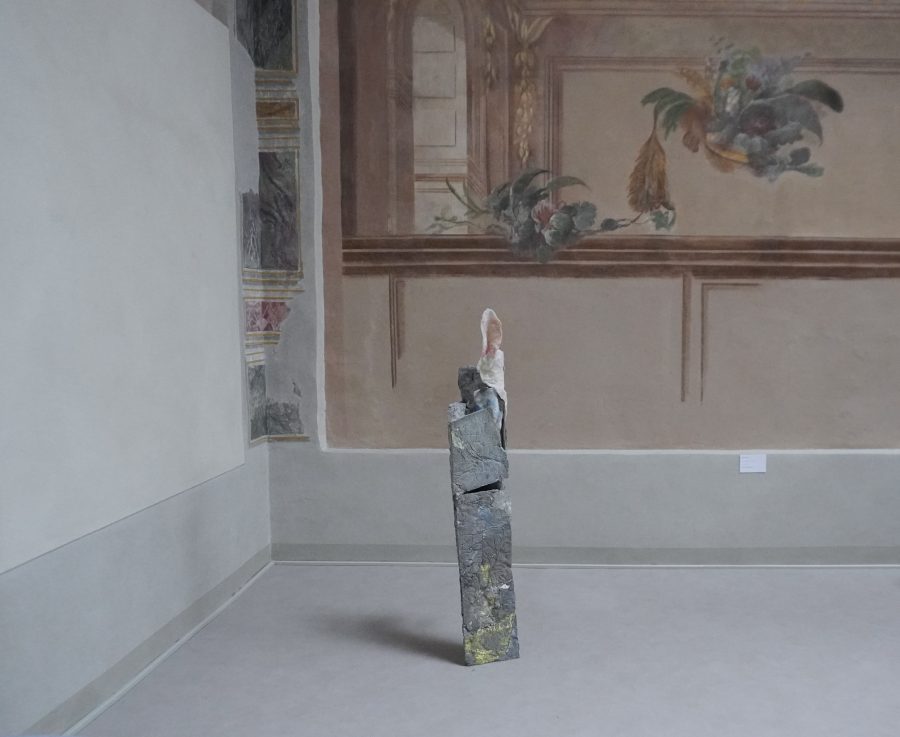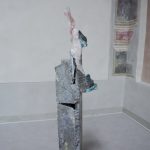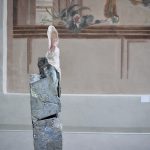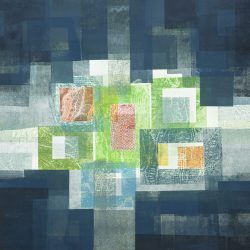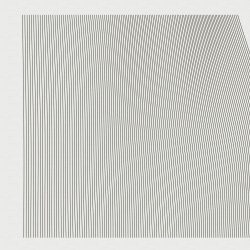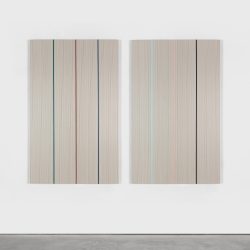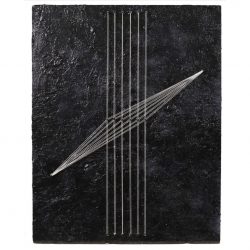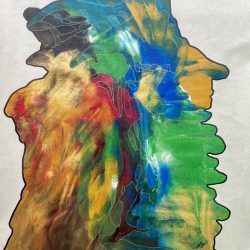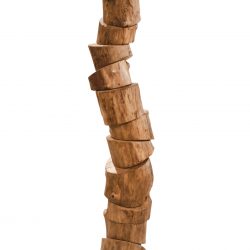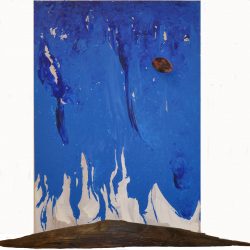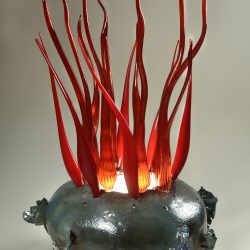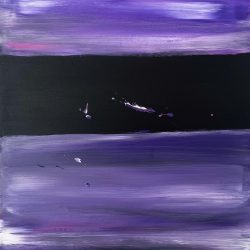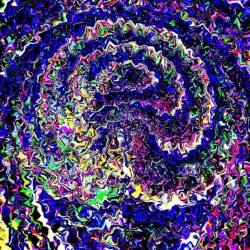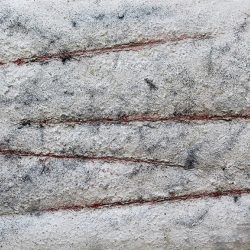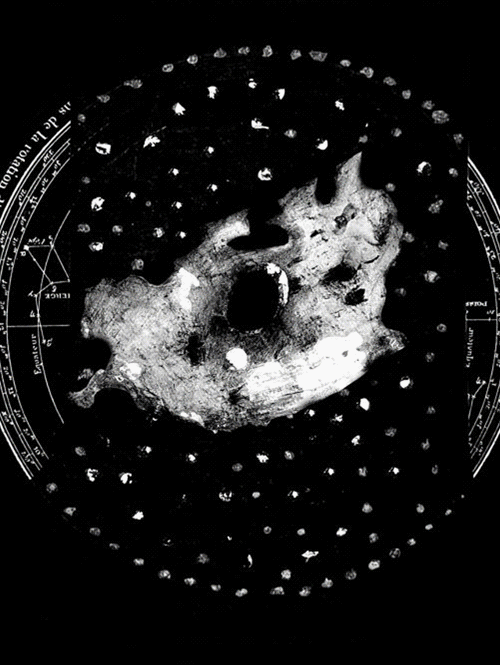work
205 cm
| category | Sculpture |
| subject | Abstract |
| tags | |
| base | 30 cm |
| height | 127 cm |
| depth | 18 cm |
| year | 2024 |
cement, plaster, pigments, plastic, flour | unique edition
205 cm is a sculptural work that dynamically integrates elements of drawing and painting. It is created using a technique similar to fresco: I paint on glossy sheets using a mixture of sugar syrup and pigments, which is then printed onto fresh cement. In this way, the pigments adhere to the surface, while the sugar syrup alters the chromatic qualities of the cement. These sculptures arise from an intricate process of graphic reinterpretation and reflect on themes of memory, oblivion, and recollection.
In my work, I also use recycled plastic, melted and mixed with flour. This material intervenes in the composition, altering the structure and introducing an additional level of material complexity.
The titles I use are always dates or units of measurement: I believe the apparent precision of these references carries a strong conceptual and abstract value. On one hand, the object they refer to remains unknown; on the other hand, the very idea of measurement is inherently ambiguous: according to physics, it is impossible to determine the exact size of an object because every unit or instrument, no matter how precise, inevitably carries a margin of error.
205 cm is a sculptural work that dynamically integrates elements of drawing and painting. It is created using a technique similar to fresco: I paint on glossy sheets using a mixture of sugar syrup and pigments, which is then printed onto fresh cement. In this way, the pigments adhere to the surface, while the sugar syrup alters the chromatic qualities of the cement. These sculptures arise from an intricate process of graphic reinterpretation and reflect on themes of memory, oblivion, and recollection.
In my work, I also use recycled plastic, melted and mixed with flour. This material intervenes in the composition, altering the structure and introducing an additional level of material complexity.
The titles I use are always dates or units of measurement: I believe the apparent precision of these references carries a strong conceptual and abstract value. On one hand, the object they refer to remains unknown; on the other hand, the very idea of measurement is inherently ambiguous: according to physics, it is impossible to determine the exact size of an object because every unit or instrument, no matter how precise, inevitably carries a margin of error.



